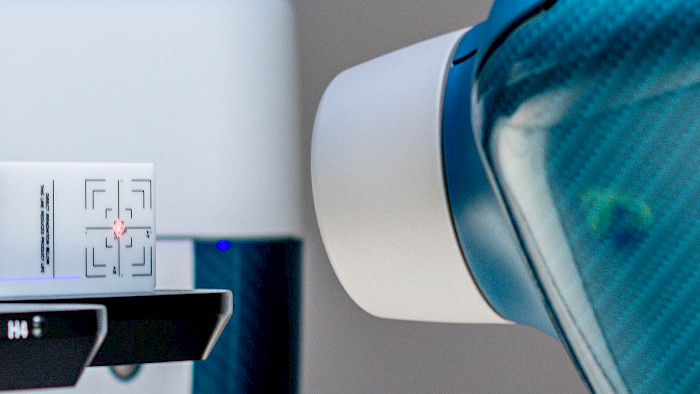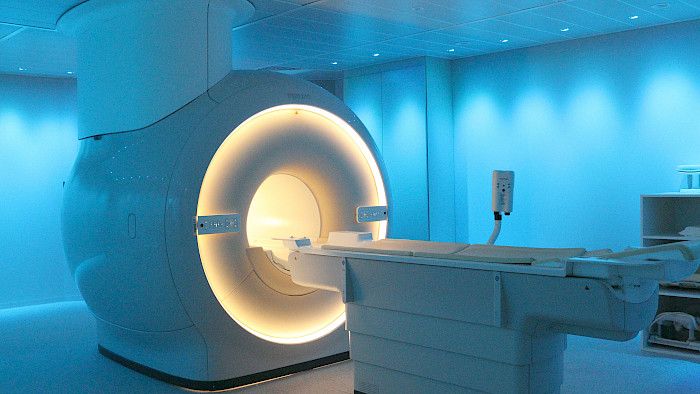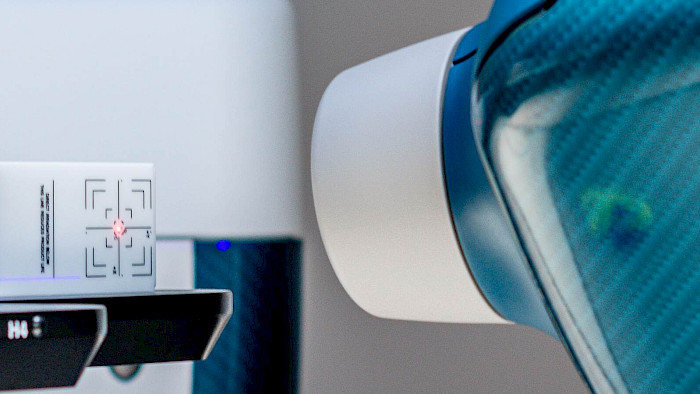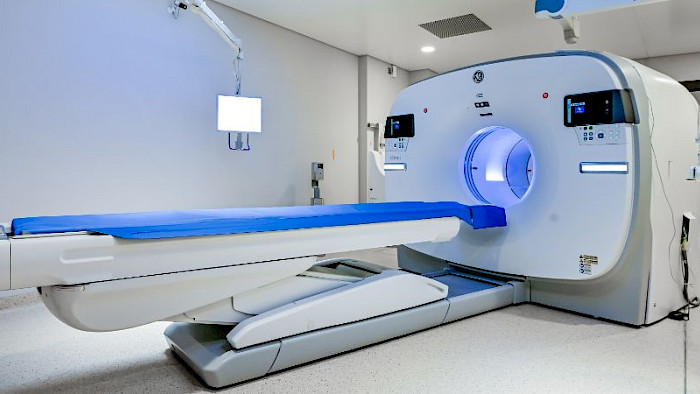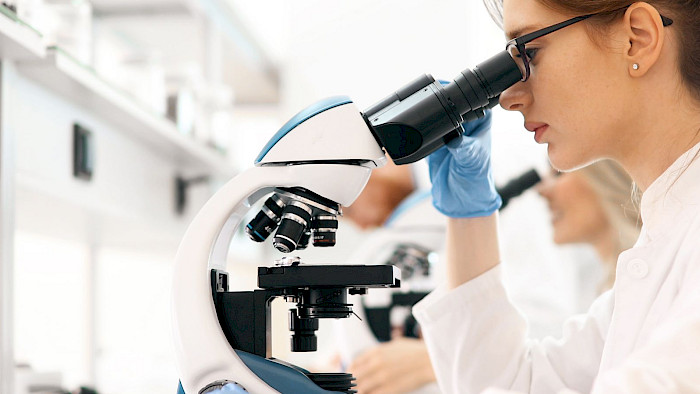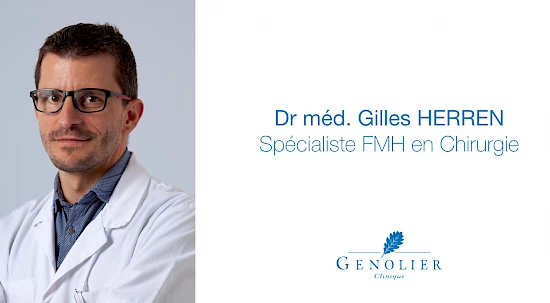The main aim of oncological surgery is tumour ablation, i.e. to remove the tumour or cancerous tissue. The earlier the tumour is removed and the more localised it is (located in one place (primary tumour) without spreading to other parts of the body (metastasis)), the more effective the surgery will be. In this type of procedure, the surgeon will also remove a small piece of normal tissue around the tumour – known as the ‘surgical margin’ – to ensure that no cancer cells remain.
To minimise damage to healthy tissue while ensuring that all cancer cells are removed, the surgeon may perform a biopsy to find the sentinel ganglion (the first lymph node to which the cancer is likely to spread from its original location). If there are no cancer cells in the sentinel ganglion, there will be no need for lymph node dissection.




